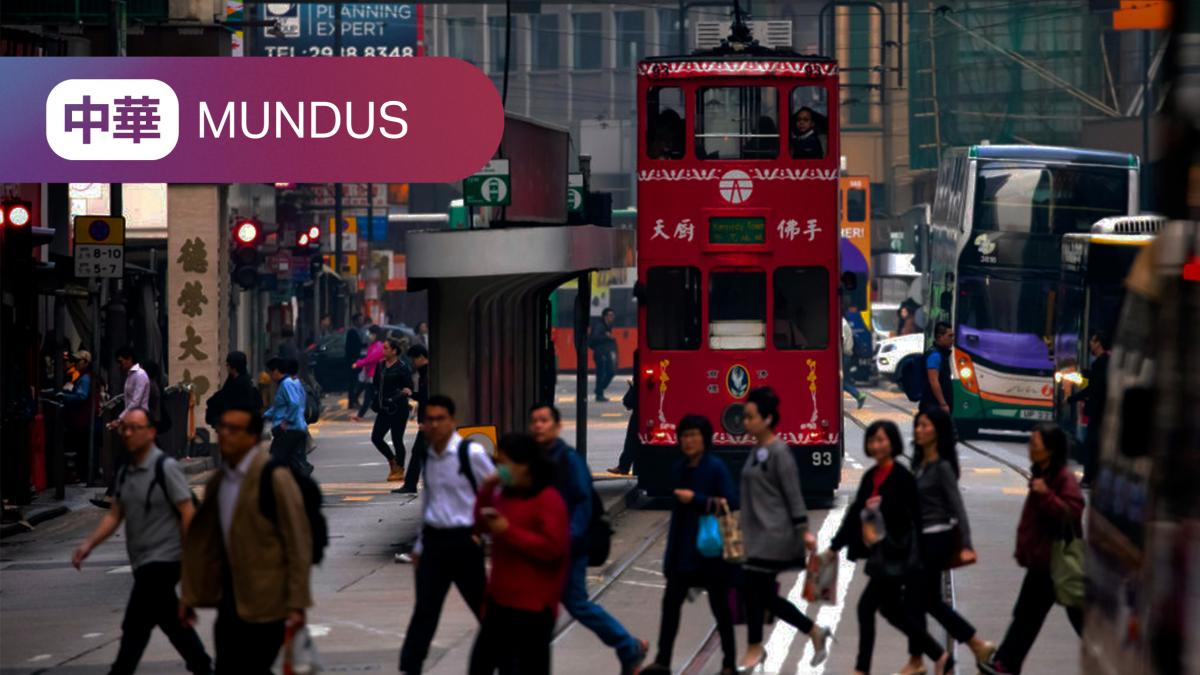The boom, bust and future of China's real estate sector


Since the global financial crisis in 2008, China’s real estate sector has emerged as one of the most important engines of growth in China, contributing more to the economy than even external exports.
A huge investment binge in infrastructure and real estate resulted in a policy push away from external product demand, and housing prices consequently grew at the speed of light. China’s well-known high saving ratio, together with capital controls, have been instrumental in channelling funds to finance the real estate bubble. Chinese households invested up to 80% of their wealth into real estate, and many bought up to several property units, depending on their ability to do so.
As a result, Chinese real estate developers became the largest in the world. That was until the bubble ended abruptly some 18 months ago.
This decade-long real estate boom had several consequences. First and foremost, it contributed as much as one third of the growth in fixed asset investment and GDP growth in China during the period of 2010 to 2019.
Secondly, it provided large amounts of cash to Chinese local governments through the sales of land to developers. This meant they could fund many other projects such as international acquisitions of technological parks through their local champions.
Finally, as the price of land continued to increase, and real estate developers were cut from bank financing in an attempt to reign in their increasing leverage, they had to find creative ways to finance themselves. This, together with local governments’ own needs to finance infrastructure projects, led to the rapid emergence of China’s shadow banking.
Regulation challenges
Shadow banking and the related risks to financial stability proved to be a painful headache for Chinese regulators. Xi Jinping first attempted to regulate the property market’s excessive leverage in mid-2017. This proved counterproductive as it once again pushed real estate developers to find alternative sources of funding, leading them to the offshore bond market in Hong Kong and to using pre-sales from Chinese households. Chinese households’ savings and wealth became increasingly intertwined with a bloated real estate sector which was four times as big – in terms of developers’ assets – as anywhere else in the world.
The fragilities of China’s real estate sector were buried over the years thanks to ample liquidity in the financial sector and high economic growth. These suddenly became visible when Chinese regulators began to react to the ever-increasing housing prices and the related deterioration of housing affordability and income distribution.
It wasn’t until the summer of 2020, during a period when China seemed to have won its war against the pandemic while the rest of the world was struggling, that an emboldened regulator decided to introduce the so-called ‘three red lines’ guidelines to limit developers’ leverage.
These financial guidelines relating to the ratio of debt to cash, equity and assets proved to be a risky move. It was clear that some developers would not be able to withstand the pressure, including China’s – and the world’s- largest in terms of assets, Evergrande.
This came as a shock for investors, both in China and globally. Evergrande had as much as USD 300 billion in outstanding debt, 10% of which was with overseas investors. The rippling effects of Evergrande’s default on its external debt in the summer of 2021 resulted in several other developers defaulting, and there was a collapse in housing transactions. This progressed into negative double-digit growth and to a rapid correction in housing prices.
In addition, mortgage boycotts emerged in the first half of 2022 as a direct consequence of households having deployed their savings for large down-payments on projects that developers with payment difficulties had not managed to complete. While such mortgage defaults have remained rather subdued so far, they point to financial stability as a key risk for China to monitor down the road.
Looking forward
Chinese policymakers have decided to go back to square one and lift the regulatory restrictions on real estate developers, such as the ‘three red lines’. The irony is that zero-Covid and its negative impact on the Chinese economy might be the reason why. In other words, simultaneously dealing with Covid as well as the demise of the real estate sector has ended up being too much to swallow for China, leading the way to a recovery of the sector.
It goes without saying that the structural weaknesses of China’s real estate sector remain in place. Households are likely to remain wary of this and will probably not invest money as easily as in the past. This means that housing transactions will probably never recover to previous levels. Still, such lifting of regulatory pressure should offer some support for the sector in 2023, attracting speculative investors for the sector. The consequence of all of this, though, is that there will be more leverage to clean up eventually. Housing affordability will not improve as quickly as expected, which does not bode well for the Chinese government's common prosperity objective.
ZhōngHuá Mundus is a newsletter by Bruegel, bringing you monthly analysis of China in the world, as seen from Europe.
This is an output of China Horizons, Bruegel's contribution in the project Dealing with a resurgent China (DWARC). This project has received funding from the European Union’s HORIZON Research and Innovation Actions under grant agreement No. 101061700.




